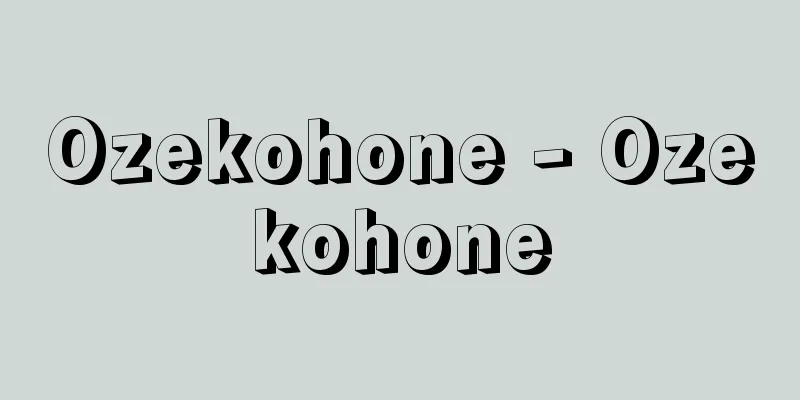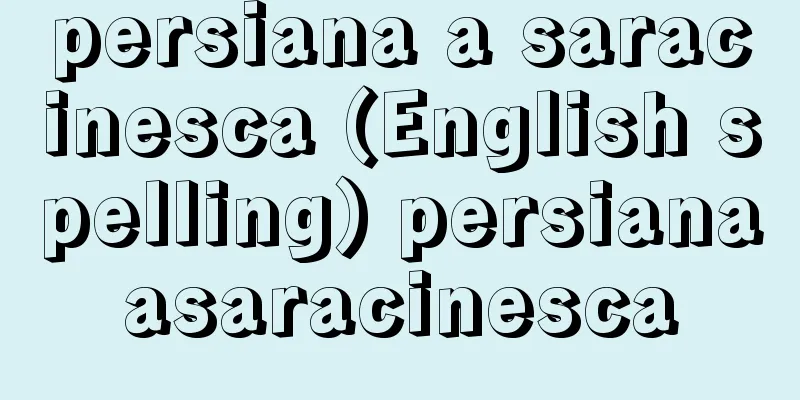Noritsugu Muraoka

|
Intellectual history scholar. Born in Tokyo. Graduated from Kaisei Middle School and Waseda University (in the same class as Saito Mokichi and Aizu Yaichi). A poet of the Chikuhaku Society. Studied Western philosophy under Hatano Seiichi. In 1911 (Meiji 44) at the age of 26, he wrote Motoori Norinaga, which shows a flexible yet rigorous understanding of Norinaga's person and scholarship, and is considered a classic classic in the field of Japanese intellectual history that developed thereafter. After receiving recognition, he traveled to Europe to study, and on returning to Japan in 1923 (Taisho 12), he became a professor at Tohoku Imperial University, where he opened the first lecture on cultural history, the Department of Japanese Intellectual History. For the next 23 years until 1946 (Showa 21), he worked hard to develop research and train his students, and is considered an academic builder of intellectual history. His pioneering achievements, including research into Japanese classics and Dutch studies, Shinto history, national ideology, The Tale of Genji, Gukansho, and Bushido, remain valuable even today. His methodology is (1) to accurately re-identify the ideological subject as it was created (philological stage), and (2) to understand and describe the subject while comparing it with works from the same era and other eras (historical stage). He has not changed his theory before, during, or after the war. [Ryukichi Harada, September 16, 2016] "Motoori Norinaga" (1911, Keiseisha / revised edition, 1928, Iwanami Shoten / Heibonsha, Toyo Bunko)" ▽ "Muraoka Noritsugu, Studies in the History of Japanese Thought" (1930, Oka Shoin / revised edition, 1940, Iwanami Shoten)" ▽ "Muraoka Noritsugu, Continued Studies in the History of Japanese Thought" (1939, Iwanami Shoten)" ▽ "Muraoka Noritsugu, Studies in the History of Japanese Thought, Volumes 3 and 4" (1948, 1949, Iwanami Shoten)" ▽ "Muraoka Noritsugu Collected Works I-V" (1951-1962, Sobunsha) [Reference item] |Source: Shogakukan Encyclopedia Nipponica About Encyclopedia Nipponica Information | Legend |
|
思想史学者。東京生まれ。開成中学、早稲田(わせだ)大学卒業(斎藤茂吉(さいとうもきち)・会津八一(あいづやいち)と同級)。竹柏(ちくはく)会の歌人。波多野精一に西洋哲学を学ぶ。1911年(明治44)26歳のとき『本居宣長(もとおりのりなが)』を著し、宣長の人と学問について柔軟かつ厳密な理解を示し、その後発展した日本思想史学の範型的名著とされた。認められて欧州に遊学、帰朝して1923年(大正12)東北帝国大学教授となり、初めて文化史学第一講座日本思想史科を開設した。その後1946年(昭和21)まで23年間、研究の展開と門下の育成に努め、思想史の学問的建設者とされている。国学、蘭学(らんがく)の研究をはじめ、神道(しんとう)史、国体思想、『源氏物語』『愚管抄』、武士道の研究など、先駆的業績はいまも価値を失わない。その方法論は、(1)思想的対象を、それが創出されたそのままに正確に再認識し(文献学的段階)、(2)その対象を同時代や他の時代の作品と比較しつつ理解し叙述する(歴史学的段階)にある。戦前・戦中・戦後で説を改めることはなかった。 [原田隆吉 2016年9月16日] 『『本居宣長』(1911・警醒社/増訂版・1928・岩波書店/平凡社・東洋文庫)』▽『村岡典嗣著『日本思想史研究』(1930・岡書院/増訂版・1940・岩波書店)』▽『村岡典嗣著『続日本思想史研究』(1939・岩波書店)』▽『村岡典嗣著『日本思想史研究 第三、第四』(1948、1949・岩波書店)』▽『『村岡典嗣著作集Ⅰ~Ⅴ』(1951~1962・創文社)』 [参照項目] |出典 小学館 日本大百科全書(ニッポニカ)日本大百科全書(ニッポニカ)について 情報 | 凡例 |
<<: Moulao people (English spelling) Mù lǎo zú
>>: Ihei Muraoka - Ihei Muraoka
Recommend
Henry [IV] - Henry
King of France (reigned 1589-1610). Founder of the...
Akagi Shrine
Located in Miyosawa, Miyagi Village, Gunma Prefect...
retroaltare
…The Paliot (9th century) of the Church of Sant&#...
Kannouden - Kannouden
…In Tara Manor in Wakasa Province, the Deputy Min...
Marishiten
A transliteration of the Sanskrit word Marici. In...
Minetaro Yamanaka
Novelist and children's writer. Born in Osaka...
Medicago sativa (English spelling) Medicago sativa
…In America, it is called alfalfa, but in Europe,...
Seed beetle
...About 20 species also damage edible beans. The...
ars magna Raimundi (English spelling) arsmagnaRaimundi
... Lull's thought, which was influenced by K...
The Great Dictator
American film. Directed by Charles Chaplin. Produ...
Insectivores - Insectivores
A general term for animals belonging to the order...
Avicebron
…Jewish poet and philosopher, born in Malaga, And...
Eutectoid transformation
The magnetic transformation is a process that cha...
Itsukushima Shrine
Located in Miyajima-cho, Hatsukaichi City, Hirosh...
Mantle
A classification of the Earth's interior, the ...









![Carambolon [Cape] - Carambolon](/upload/images/67d024d2d3f75.webp)